Disclosure: This article contains affiliate links. We may earn a commission from purchases at no extra cost to you, which helps our travel content.
Landing in Kuwait City feels like stepping into a living laboratory of urban development. While Dubai often steals the spotlight for Gulf innovation, Kuwait's capital offers a more nuanced intersection of tradition and technological advancement that fascinates me as both an urban explorer and tech enthusiast. Having visited numerous smart cities across Asia and Europe, I've developed an eye for identifying urban spaces that successfully balance heritage preservation with forward-thinking infrastructure—Kuwait City exemplifies this delicate equilibrium. On my recent winter business trip, I extended my stay to explore how this oil-rich nation is reimagining its urban landscape. What I discovered was a city of striking contrasts: gleaming skyscrapers housing AI-integrated systems alongside meticulously preserved cultural districts, all accessible within a compact, luxury-oriented weekend itinerary that even the most discerning business traveler can appreciate.
Day 1: Architectural Marvels and Digital Integration
My exploration began at the iconic Kuwait Towers, but not for the typical tourist photos. As someone who studies urban infrastructure, I was more interested in how these 1970s structures have been retrofitted with modern smart systems while maintaining their architectural integrity. The observation deck now features interactive displays documenting Kuwait's transformation from desert outpost to technological hub—a perfect starting point for understanding the city's evolution.
From there, I made my way to Al Hamra Tower, currently Kuwait's tallest skyscraper at 414 meters. What distinguishes this building isn't just its impressive height or sculptural form—it's the integrated sustainability systems. The tower's distinctive twist isn't merely aesthetic; it's a calculated design that reduces solar heat gain by up to 25%. My arranged private tour of the building's management systems revealed an AI-driven climate control network that optimizes energy consumption based on occupancy patterns and external weather conditions—precisely the kind of innovation that fascinates me in emerging smart cities.
For lunch, I bypassed the expected international chains for Dar Al-Awadhi, where traditional Kuwaiti cuisine meets contemporary dining. The machboos (spiced rice with meat) was exceptional, but what caught my attention was their tablet-based ordering system that includes detailed information about the history and preparation of each dish—a subtle yet effective blend of cultural preservation and digital convenience.
The afternoon took me to the Sheikh Jaber Al-Ahmad Cultural Centre, locally known as the Kuwait Opera House. Beyond its stunning architecture—a collection of buildings resembling jewels from above—the facility houses one of the region's most technologically advanced performance spaces. The acoustic systems can be reconfigured via smartphone app to optimize sound for different types of performances. I was fortunate to catch a rehearsal of a contemporary Arabic orchestra, where I could appreciate both the cultural expression and technical excellence of the venue.
For equipment, I relied heavily on my noise-canceling headphones throughout the day. Kuwait City can be surprisingly noisy with ongoing construction, and these allowed me to record clear audio notes while moving between locations.
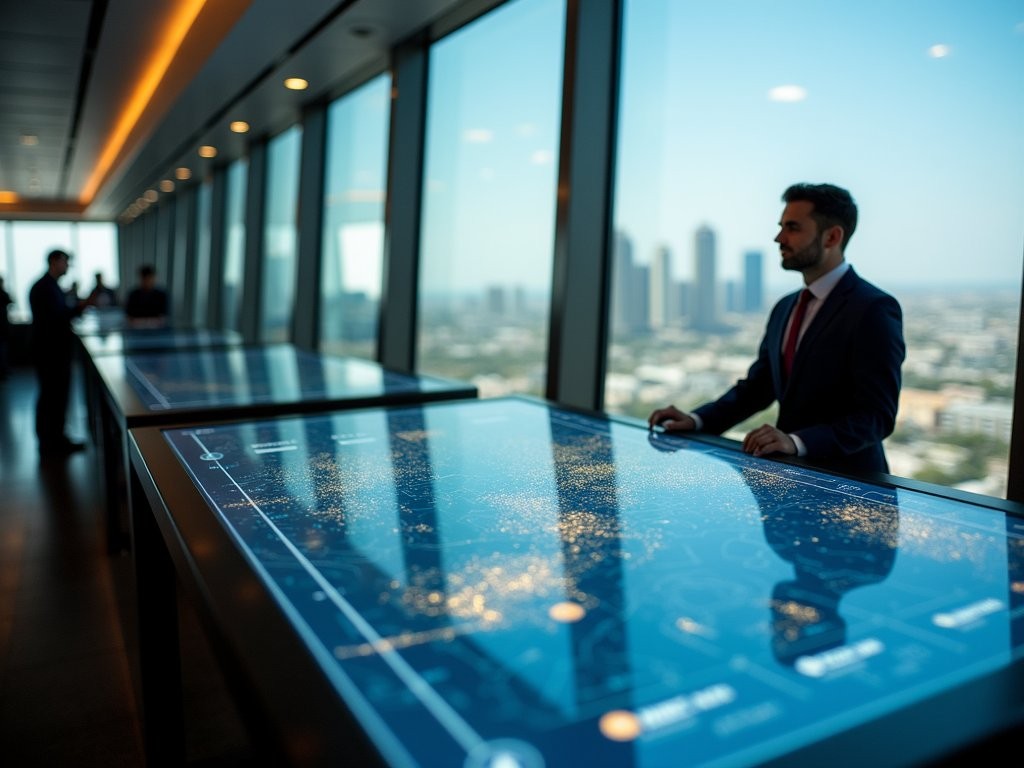
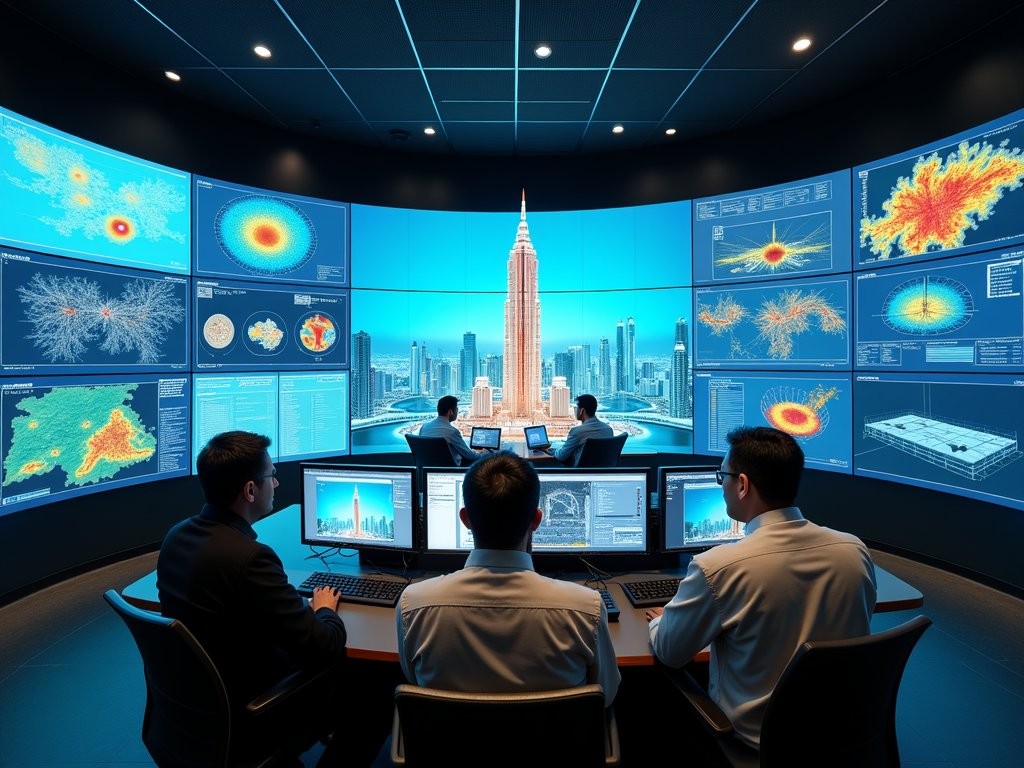
💡 Pro Tips
- Visit Kuwait Towers early morning (around 9 AM) to avoid crowds and get clearer views of the city
- Request a private tour of Al Hamra Tower's management systems at least one week in advance through your hotel concierge
- Download the Kuwait Finder app for real-time navigation that includes indoor mapping of major buildings
Day 2: Digital Heritage and Urban Innovation
My second day began at the Sheikh Abdullah Al Salem Cultural Centre—a complex I'd argue rivals Singapore's ArtScience Museum in its technological ambition. This sprawling museum campus houses six distinct museums connected by a central concourse, but what sets it apart is its approach to digitizing Kuwait's heritage. The Natural History Museum section features augmented reality installations that bring extinct regional species back to life, while the Science Museum offers hands-on demonstrations of how Kuwait is applying AI to address water scarcity issues.
The Islamic Museum section particularly impressed me with its digital preservation efforts. Ancient manuscripts too fragile for physical display are accessible via high-resolution touchscreens, allowing visitors to virtually turn pages of texts dating back centuries. This intersection of cultural preservation and technological accessibility exemplifies the thoughtful urban development I seek out in my travels.
For lunch, I headed to the revitalized Al Mubarakiya Market area. While maintaining its historical architecture, this traditional souk has been subtly modernized with digital payment systems and an innovative app that translates merchant conversations in real-time—a feature I found invaluable when negotiating for spices and textiles. I used my smartphone gimbal to capture smooth walking footage through the narrow market corridors, documenting how traditional commerce adapts to technological change without losing authenticity.
The afternoon took me to the Kuwait National Library, which recently completed a digital transformation project converting thousands of historical documents into searchable archives. What appears as a traditional library from the outside houses one of the region's most advanced digital preservation laboratories. Through prior arrangement, I received a behind-the-scenes tour of their restoration facilities, where damaged manuscripts are scanned with specialized equipment before being digitally restored—a process that combines meticulous craftsmanship with cutting-edge software.
I concluded the day at the Al Shaheed Park, Kuwait's largest urban park and a model for smart green spaces in arid environments. Beyond its obvious beauty, the park incorporates sophisticated irrigation systems that recycle greywater from nearby buildings, sensors that adjust water distribution based on soil conditions, and subtle lighting that responds to visitor movement patterns. The park's mobile app provides not only navigation but detailed information about the native and adapted plant species thriving in this engineered ecosystem—a perfect example of how technology can enhance rather than detract from natural spaces.

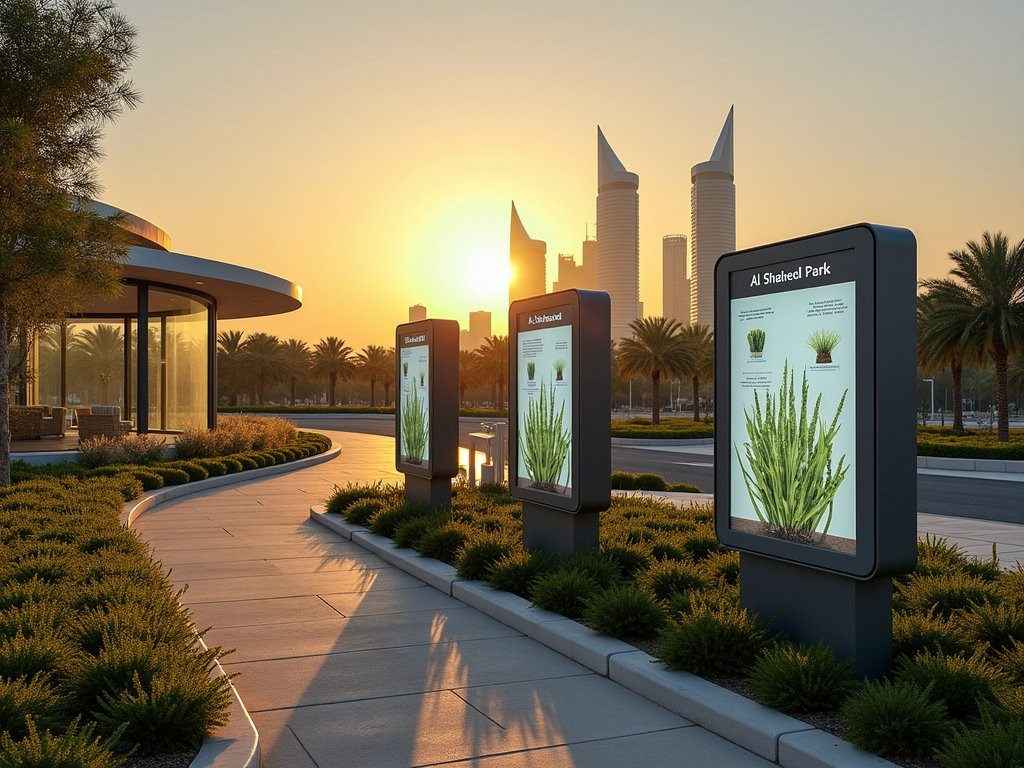
💡 Pro Tips
- Purchase the combined ticket for all six museums at Sheikh Abdullah Al Salem Cultural Centre to save about 25%
- Download the Al Mubarakiya Market translation app before visiting to enhance your shopping experience
- Visit Al Shaheed Park just before sunset to experience the adaptive lighting system activating as darkness falls
Day 3: Maritime Innovation and Coastal Development
My final day focused on how Kuwait is reimagining its relationship with the Arabian Gulf coastline through technological innovation. I began at the Scientific Center Kuwait, where the impressive aquarium has implemented an AI-driven monitoring system that tracks fish behavior patterns and optimizes water conditions accordingly. What visitors see as a beautiful display of marine life is actually a sophisticated ecosystem management project that researchers are using to develop conservation strategies for the Gulf's threatened marine environments.
The adjacent Discovery Place offers an interactive exploration of Kuwait's maritime history, using motion-sensing displays that respond to visitor movements to simulate historical sailing techniques. The center successfully bridges Kuwait's seafaring past with its technological present—a narrative thread I've observed in the most successful urban development projects worldwide.
For a mid-morning coffee break, I visited the recently developed Al Kout Mall area in Fahaheel. While shopping destinations rarely make my itineraries, this complex integrates retail with public space in a manner worth studying. The mall connects directly to a marina featuring a sensor-driven fountain system that creates water shows responding to ambient sound levels and crowd movements. The outdoor seating areas incorporate subtle cooling systems that make the space comfortable even during warmer months—a technological solution to Kuwait's climate challenges that doesn't rely solely on enclosed, air-conditioned environments.
Lunch brought me to Maraheb, a restaurant specializing in contemporary interpretations of traditional Kuwaiti seafood. Beyond the exceptional hammour (grouper), I was intrigued by their transparent sourcing system—each table features a QR code linking to real-time information about which local fishing boats supplied the day's catch, complete with sustainability ratings and fishing methods.
The afternoon was dedicated to exploring the Kuwait Maritime Museum, which recently reopened after an extensive technological renovation. The museum now features an immersive 4D experience simulating pearl diving—once Kuwait's primary industry before oil discovery. Using motion platforms, atmospheric effects, and directional audio, visitors physically experience the challenging conditions pearl divers endured while learning about this critical aspect of Kuwaiti heritage.
I concluded my exploration at the developing Kuwait Bay Project—an ambitious waterfront revitalization initiative incorporating smart city principles into coastal management. Though still under construction, accessible sections showcase how Kuwait is using embedded sensors to monitor water quality, tide patterns, and potential erosion in real-time. The data collected informs both the physical design of the waterfront and public safety protocols. For capturing the expansive coastal views, my compact binoculars proved invaluable, offering exceptional clarity when observing both architectural details and marine activities from various vantage points.
To document my observations throughout the day, I relied on my weatherproof notebook. Kuwait's coastal humidity and occasional sea spray can wreak havoc on standard paper, but this specialized notebook allowed me to take detailed notes regardless of conditions—an essential tool for serious urban explorers in coastal environments.
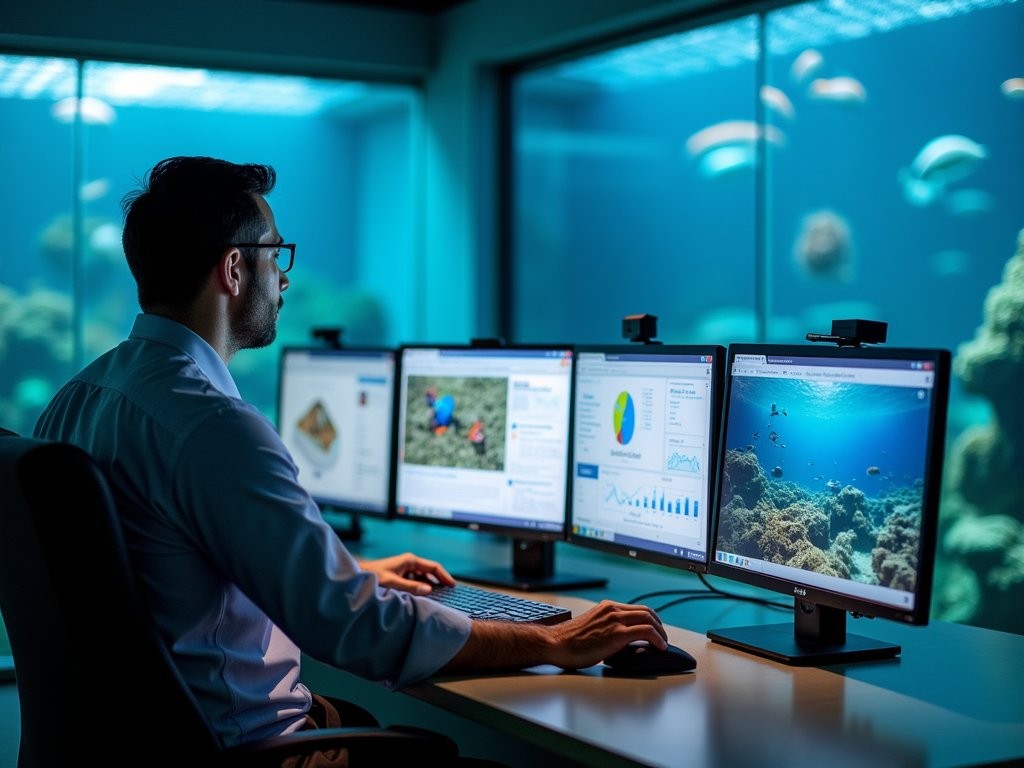
💡 Pro Tips
- Visit the Scientific Center Kuwait on weekdays before 11 AM to avoid school groups and have more meaningful interactions with the research staff
- Request the sustainability menu at Maraheb restaurant to focus on locally-sourced seafood with the lowest environmental impact
- Check the Kuwait Bay Project website for updated access information, as areas open to the public change based on construction phases
Luxury Accommodations with Technological Integration
Throughout my stay, I made the Four Seasons Hotel Kuwait at Burj Alshaya my base—a choice that perfectly aligned with my interest in smart building design. Beyond the expected luxury amenities, this property has implemented several technological innovations worth noting for the urban-curious traveler.
My corner suite featured an integrated room management system accessible via both wall-mounted tablets and a dedicated smartphone app. This allowed precise control of everything from temperature zones and lighting scenes to privacy settings for the electrochromic glass windows that transition from transparent to opaque without physical blinds. The system remembers guest preferences and adjusts settings automatically upon returning to the room—a subtle application of machine learning to enhance comfort.
The hotel's water management system particularly impressed me from a sustainability perspective. A building-wide greywater recycling system captures and treats water from showers and sinks for use in landscape irrigation and cooling systems. Digital displays in the elevator lobbies show real-time water and energy conservation metrics—a transparent approach to sustainability that more properties should adopt.
The property's Al Soor Lounge merits special mention for its innovative approach to personalized service. Upon checking in, guests' beverage preferences are recorded in a system that makes recommendations based on previous selections while suggesting new options that align with established taste profiles. By my third day, the staff greeted me with a perfectly crafted espresso without my having to order—a seamless integration of data and human service that enhances rather than replaces the personal touch.
For business travelers, the hotel's meeting spaces feature advanced connectivity options I haven't seen widely implemented elsewhere. The wireless presentation systems accommodate multiple simultaneous connections with automatic screen partitioning, while the acoustic design incorporates active noise-cancellation technology in the walls themselves—particularly valuable during concurrent meetings.
While luxury accommodations aren't always my focus when exploring urban innovations, the Four Seasons Kuwait exemplifies how high-end properties can serve as testing grounds for smart building technologies that eventually filter into broader urban applications. The property's willingness to share technical details about their systems with an interested guest like myself—including arranging a brief meeting with their facilities director—demonstrated a refreshing transparency about their technological integration.
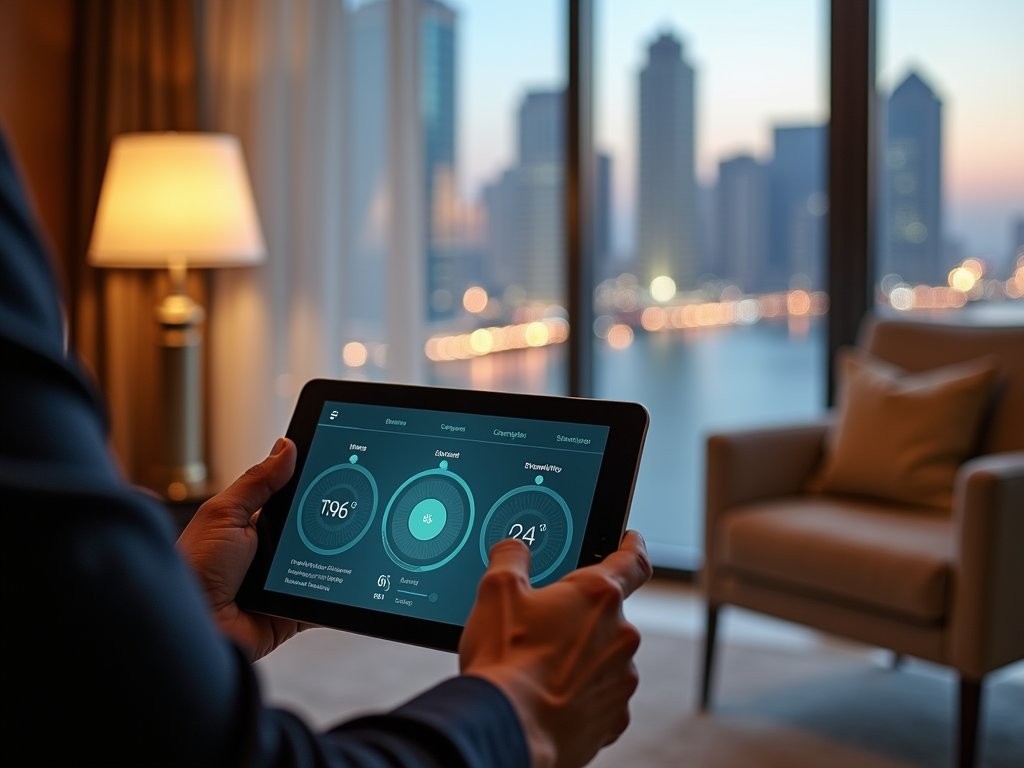
💡 Pro Tips
- Request a tour of the building's technical systems through the concierge; they offer these to interested guests upon request
- Opt for a corner suite facing northwest for the best views of both the city skyline and sunset
- Use the hotel's proprietary app rather than third-party services for transportation—it integrates with the city's traffic management system for more accurate timing
Navigating Kuwait City's Digital Infrastructure
One aspect of urban exploration I consistently evaluate is how easily visitors can navigate a city's digital infrastructure. Kuwait City presents an interesting case study in rapid technological advancement that occasionally outpaces user experience design—a common challenge in emerging smart cities.
The Kuwait Mobile ID application deserves particular attention as it represents the government's push toward digital integration. This official app connects to numerous city services, from museum ticket purchases to transportation options. While powerful in capability, the English localization remains somewhat inconsistent—a reminder that even the most sophisticated systems require attention to user experience details. I recommend downloading and setting up this app before arrival, as it significantly streamlines interactions with various city services.
For transportation, Kuwait City presents a paradox common to Gulf states—a sophisticated road network designed primarily for private vehicles alongside emerging public transportation options. The Kuwait Bus app provides real-time tracking for the city's growing bus network, though service remains limited compared to more established urban centers. For business travelers or those prioritizing convenience, the Q8Taxi app offers a reliable alternative to international rideshare platforms, with the added benefit of integration with the city's traffic management system for more accurate arrival estimates.
Internet connectivity throughout Kuwait City impressed me with its speed and reliability. Public Wi-Fi networks cover most major attractions, shopping districts, and government facilities, though I still relied on my portable Wi-Fi hotspot when exploring less central areas. This device proved particularly valuable when conducting video calls from Al Shaheed Park to demonstrate the smart irrigation systems to colleagues back in Washington.
One digital aspect where Kuwait City truly shines is its approach to cultural accessibility. Most major museums and cultural sites have implemented comprehensive digital guides available in multiple languages. The National Museum of Kuwait's application deserves special recognition for its detailed audio descriptions, AR features that overlay historical images onto current exhibits, and accessibility options for visitors with visual or hearing impairments—a thoughtful implementation of technology to enhance cultural understanding.
Navigating payment systems requires some preparation, as Kuwait presents a mix of ultra-modern and traditional approaches. While contactless payment is widely accepted at major establishments, smaller merchants in areas like Al Mubarakiya Market often prefer cash. The local Knet payment system dominates over international options like Apple Pay or Google Wallet, though this is gradually changing as the financial infrastructure evolves.
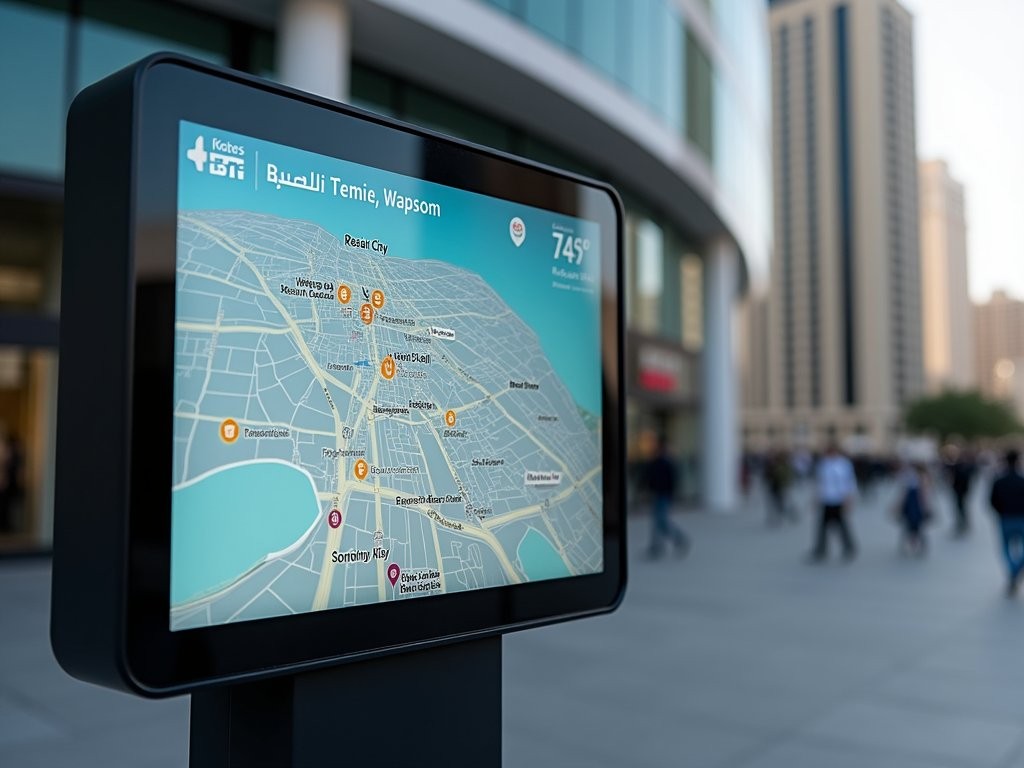
💡 Pro Tips
- Download and set up the Kuwait Mobile ID app at least 48 hours before arrival to allow time for verification
- Purchase a prepaid Knet card at the airport for seamless payments throughout your stay
- Set your smartphone to automatically connect to 'KuwaitFreeWifi' networks, which use a single sign-on system across the city
Final Thoughts
Kuwait City represents a fascinating case study in how oil wealth can be channeled into creating technologically advanced urban spaces while preserving cultural identity. Unlike the sometimes overwhelming futurism of Dubai or the rigid planning of Singapore, Kuwait offers a more organic integration of smart city principles into an existing urban fabric. As someone who has explored emerging tech hubs across four continents, I find Kuwait's approach refreshingly measured—implementing technology where it enhances rather than replaces human experience.
For business travelers with limited exploration time, this 3-day itinerary provides a comprehensive introduction to Kuwait's unique urban development model. The city rewards curious visitors willing to look beyond obvious attractions to discover how traditional Gulf culture is adapting to and adopting technological innovation. As Kuwait continues implementing its Vision 2035 development strategy, I anticipate returning to document how these initial smart city initiatives evolve into more comprehensive urban systems. The foundations being laid now—particularly in water management, cultural preservation, and transportation—suggest Kuwait City may soon emerge as a significant case study in sustainable Gulf development.
✨ Key Takeaways
- Kuwait City successfully balances technological innovation with cultural preservation in ways that more prominent Gulf destinations could learn from
- The city's smart building designs often incorporate sustainability features specifically adapted to the challenging desert climate
- Digital infrastructure is rapidly advancing but still requires some navigation preparation from international visitors
- Kuwait's approach to digitizing cultural heritage offers an impressive model for preserving history through technology
📋 Practical Information
Best Time to Visit
November through March, with December and January offering the most pleasant temperatures
Budget Estimate
$350-500 per day including luxury accommodation, transportation, and dining
Recommended Duration
3-4 days for business travelers, 5-7 days for comprehensive exploration
Difficulty Level
Easy With Proper Digital Preparation
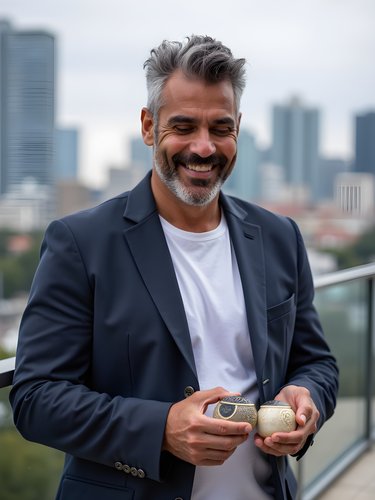
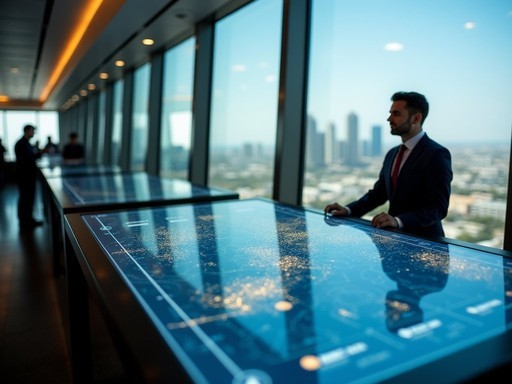


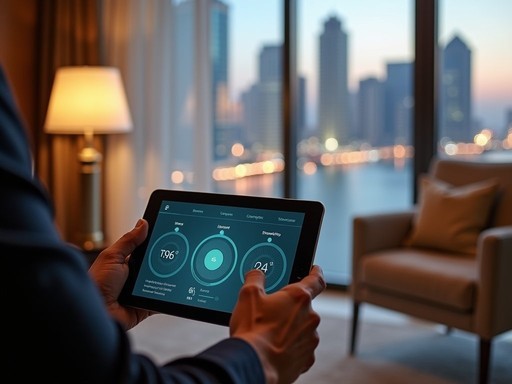



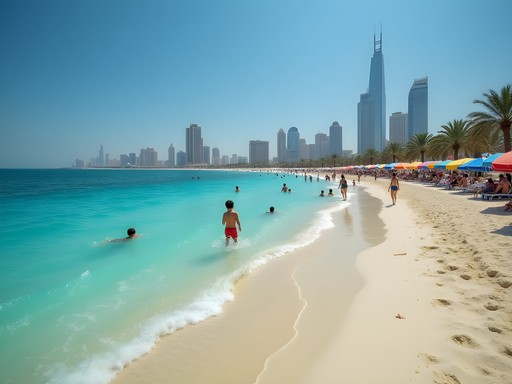
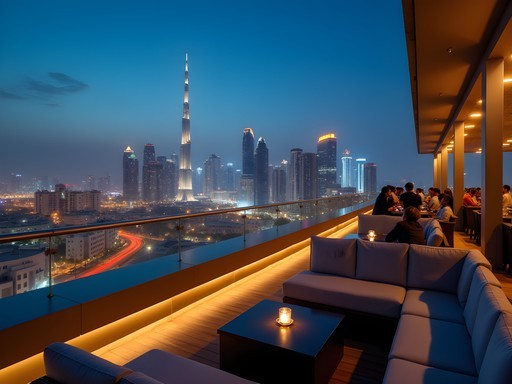






Comments
MiddleEastFan
If you're visiting in summer, plan indoor activities during mid-day. The heat is no joke! The Scientific Center and the museums are perfect for those scorching afternoons.
GlobeTrekker42
That shot of the sunset at the Kuwait Towers is absolutely stunning! What camera do you use?
Dylan Turner
Thanks! Just my trusty Sony A7III with the 24-70mm lens. Kuwait City has some incredible light, especially during golden hour!
WanderlustWendy
Going there next month! Is three days enough or should I plan for more?
Dylan Turner
Three days hits the highlights, but I'd say 4-5 is ideal if you want a more relaxed pace and to explore some of the outskirts like Failaka Island!
AhmedK
As a Kuwaiti, I'm so happy to see my city featured beyond the usual tourist spots! One tip I'd add - visit Al Shaheed Park early morning or late evening when locals are out and about. The garden areas are stunning with the city backdrop, and there's often small cultural events happening that tourists miss. Also, don't skip the small tea shops in Mubarakiya - the chai karak is a must-try experience!
Dylan Turner
Ahmed, thank you for these insider tips! I did visit Al Shaheed Park but in the afternoon when it was quieter - sounds like I missed out on the local experience. And you're right about the tea shops - that chai karak was a daily ritual for me by the end of my trip!
luckyrider
The chai karak was SO GOOD! I'm still trying to recreate it at home but something's missing.
AhmedK
The secret is condensed milk and cardamom! Also needs to be boiled just right. 😊
TravelingTeacher
Those Kuwait Towers look incredible in your photos! Added to my bucket list.
Nicole Russell
Dylan, this is such a refreshing take on Kuwait City! I've been focusing on the Gulf states for my blog lately but haven't made it to Kuwait yet. How did you find the public transportation situation? Was it easy to navigate between these spots or would you recommend hiring a driver? Also curious about how solo female travelers are received there!
Dylan Turner
Hi Nicole! Public transport is decent but limited compared to Dubai or Doha. I used a mix of buses and taxis - the KPTC buses connect major areas but don't reach everywhere. Taxis are affordable and convenient. As for solo female travelers, Kuwait is quite safe and respectful, though conservative dress is appreciated. I met several solo women travelers who had positive experiences!
Nicole Russell
That's super helpful, thanks! Adding Kuwait to my 2026 planning list. I've been using the Lonely Planet Gulf States for research but it's lacking on Kuwait specifics. Your post fills in so many gaps!
luckyrider
Just got back from Kuwait City last month and this itinerary would've been SO helpful! The architectural contrasts are mind-blowing - one minute you're looking at ultra-modern skyscrapers and the next you're in these charming traditional areas. We stumbled upon Souq Al-Mubarakiya by accident and ended up spending half a day there just soaking in the vibes. Dylan, did you try any particular food spots that weren't mentioned in the post? The seafood was incredible everywhere we went!
Dylan Turner
Thanks for reading, luckyrider! Glad you enjoyed Kuwait City too. For food, I loved Freij Sweileh for authentic Kuwaiti dishes - their machboos is incredible. Also, there's a little place called Bait Ahmed near the Grand Mosque that does amazing breakfast spreads. Should've included those!
luckyrider
Bait Ahmed sounds awesome! Saving that for next time. We did try machboos at a random spot near our hotel and it was delicious!
MidwestMom
How's the food scene there? Any must-try restaurants?
GlobeTrekker55
Not the author but Mais Alghanim was amazing for traditional food! And there's this cool place called Almayass where they have tablets at each table to customize your order.
GlobeTrekker55
Just got back from Kuwait last week! Pro tip: The metro card works on buses too, but you need to activate it at one of the main stations first. Also, don't miss Al Shaheed Park - amazing gardens with interactive art installations that weren't mentioned in the blog.
wildrider
Thanks for the metro card tip! How was the weather when you went?
GlobeTrekker55
Hot but bearable in October! All the indoor spaces are super air-conditioned though, so bring layers.
coffeetime
How's the public transportation situation? Is it easy to get around or should I budget for taxis/Uber?
freelegend
I was there last month and used a mix of both. The buses are decent but don't cover everything. Careem (Middle East's Uber) works great and isn't too expensive. Just download it before you go!
Venture X
Premium card with 2X miles, $300 travel credit, Priority Pass